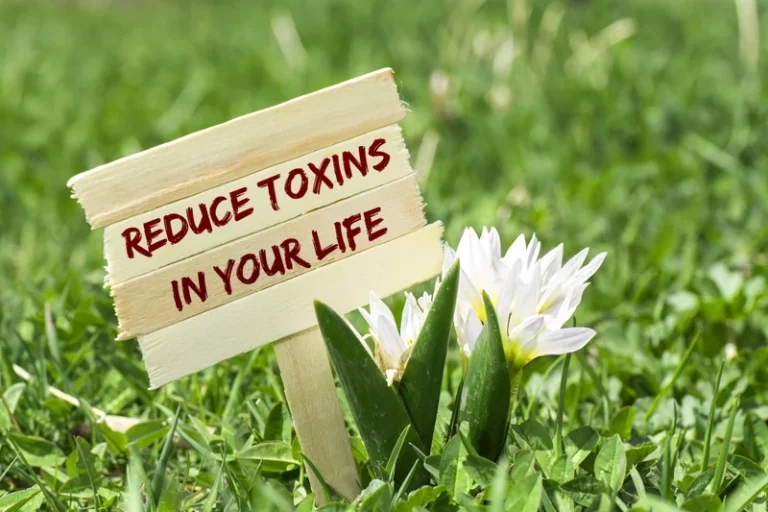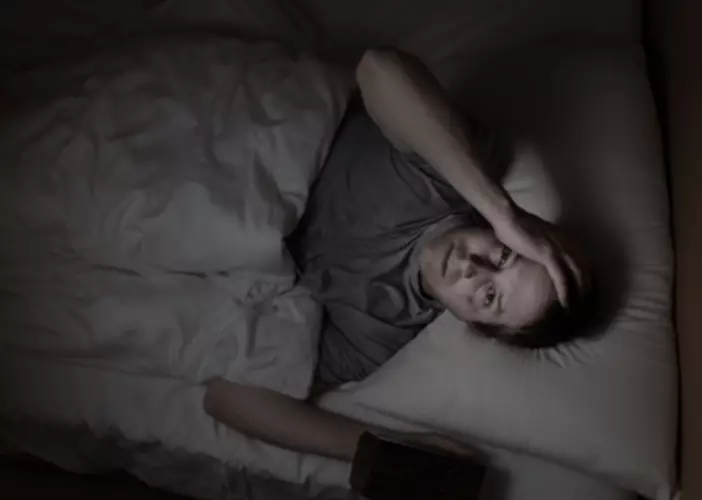
Once a doctor diagnoses a person with alcoholic liver disease at any stage, they will recommend them to never resume drinking. Any conditions that have reversed will typically return once drinking restarts. In addition, a support group can help you cope with the life changes you’re experiencing as a result of your condition.
Q1: Can drinking alcohol cause broken blood vessels?
To combat these deficiencies, supplementation with vitamin B12, folate, vitamin E, and thiamine may be recommended. Alcohol also alters the function of the stomach, liver, and kidneys in ways that prevent the body from properly detoxifying waste material. This waste then builds up and harms many regions of the body, including the nerves. Alcohol use disorder can include periods of being drunk (alcohol intoxication) and symptoms of withdrawal.
Liver disease

In our blood there are tiny particles called clotting factors and platelets; their job is to form clots only when the vessel wall is damaged (when you are wounded). It was very surprising for me to know that we damage our vessels every time you scratch your hand, kick the ball or keep your arm on the armrest for a long time! Micro-bleeds form at the location of these unnoticeable injuries and clotting factors along with the platelets take care of these micro-bleeds. When some of these factors are lost or dysfunctional your body will not be able to fix these micro-bleeds and they will turn into bruises.
What is considered 1 drink?
Those who regularly drink more than the recommended daily limits of alcohol should not stop drinking without medical support. Individuals should seek help from a medical professional to safely manage alcohol withdrawal. There are normally no symptoms, and alcoholic fatty liver disease is often reversible if the individual abstains from alcohol from this point onward. For the average healthy guy (say, drinking one or two drinks per night, or fewer than 14 drinks per week) the alcohol-related effects on bruising are temporary, and no real cause for concern.
Loss of appetite and weight loss

We provide online medication assisted treatment for alcohol use, so you can begin your recovery from home. According to the National Library of Medicine, a bruise is a mark under the skin, usually painful and swollen, that occurs because of blood trapped beneath the skin’s surface. When a person gets a bruise, some sort of injury crushes blood vessels, but the skin does not break and cause external bleeding.
- Alcohol can raise blood pressure and low-density lipoprotein (LDL) cholesterol, and heavy drinkers might even develop alcoholic cardiomyopathy, a condition that causes the heart to enlarge.
- If you’re a heavy drinker, you should talk with your healthcare provider before stopping entirely, since stopping suddenly without medical supervision can be dangerous.
- Alcohol problems vary in severity from mild to life threatening and affect the individual, the person’s family, and society in numerous adverse ways.
- Furthermore, in extreme cases, bruises from drinking can be a sign of liver damage, which can be dangerous.
- He has a nursing and business/technology degrees from The Johns Hopkins University.
Iatrogenic Cushing syndrome treatment
Anti-seizure medications are sometimes prescribed as a way to manage pain. In general, it takes years for alcoholic neuropathy to develop, so a long-standing history of heavy alcohol use is typical. Some people experience a faster onset and progression of alcoholic neuropathy than others.
- After two to three weeks of abstaining from alcohol, fatty deposits disappear and liver biopsies appear normal.
- Alcoholic fatty liver disease can be reversed by abstaining from alcohol for at least several weeks.
- On dark skin, petechiae may not always show up, which means a doctor could miss them.
- Some people with severe alcoholic hepatitis may need a liver transplant.

Alcohol use disorder is a pattern of alcohol use that involves problems controlling your drinking, being preoccupied with alcohol or continuing to use alcohol even when it causes problems. This disorder also involves having to drink more to get the same effect or having withdrawal symptoms when you rapidly decrease or stop drinking. Alcohol use disorder includes a level of drinking that’s sometimes called alcoholism. While bumping into something while can alcoholism cause bruising drinking may seem relatively harmless, the truth is that excessive drinking can set you up for serious injuries from falling or other accidents. Furthermore, in extreme cases, bruises from drinking can be a sign of liver damage, which can be dangerous. When drinking becomes compulsive, as is the case with alcohol use disorder, a person may place themselves in danger when consuming alcohol, because drinking becomes more important than safety.
If a person continues to drink despite health-related problems, bruises after drinking may be a consequence that arises from alcohol misuse. Stopping alcohol abruptly after long-term heavy drinking can also lead to alcohol withdrawal syndrome, which commonly manifests as symptoms like nausea and vomiting. There’s a lot more research showing that over time, alcohol can impact heart health, including by raising the risk of heart attack. Home therapy without supervision by a trained professional may be life threatening because of complications from alcohol withdrawal syndrome.
Advanced symptoms
Contact your GP for advice if you have a history of regular alcohol misuse. On dark skin, petechiae may not always show up, which means a doctor could miss them. They may be visible in areas with less melanin, such as the forearms.



Leave a Comment